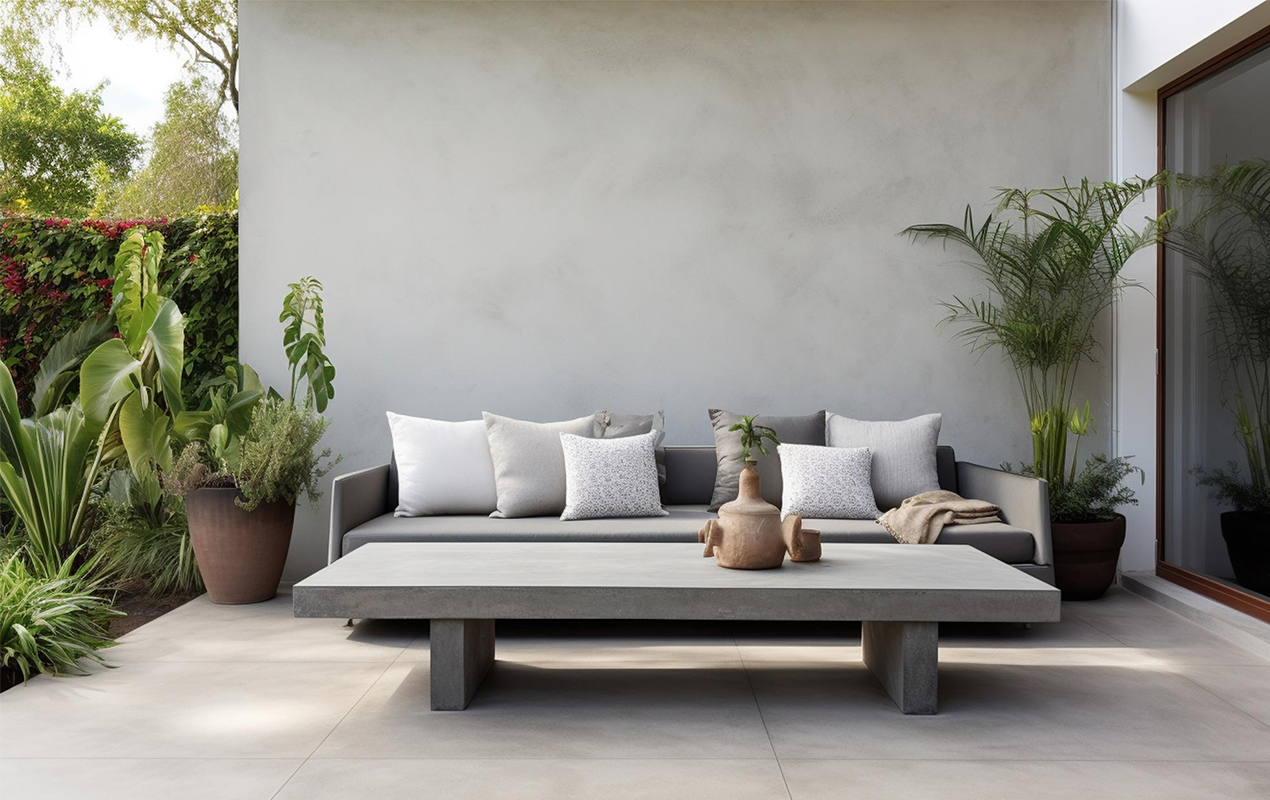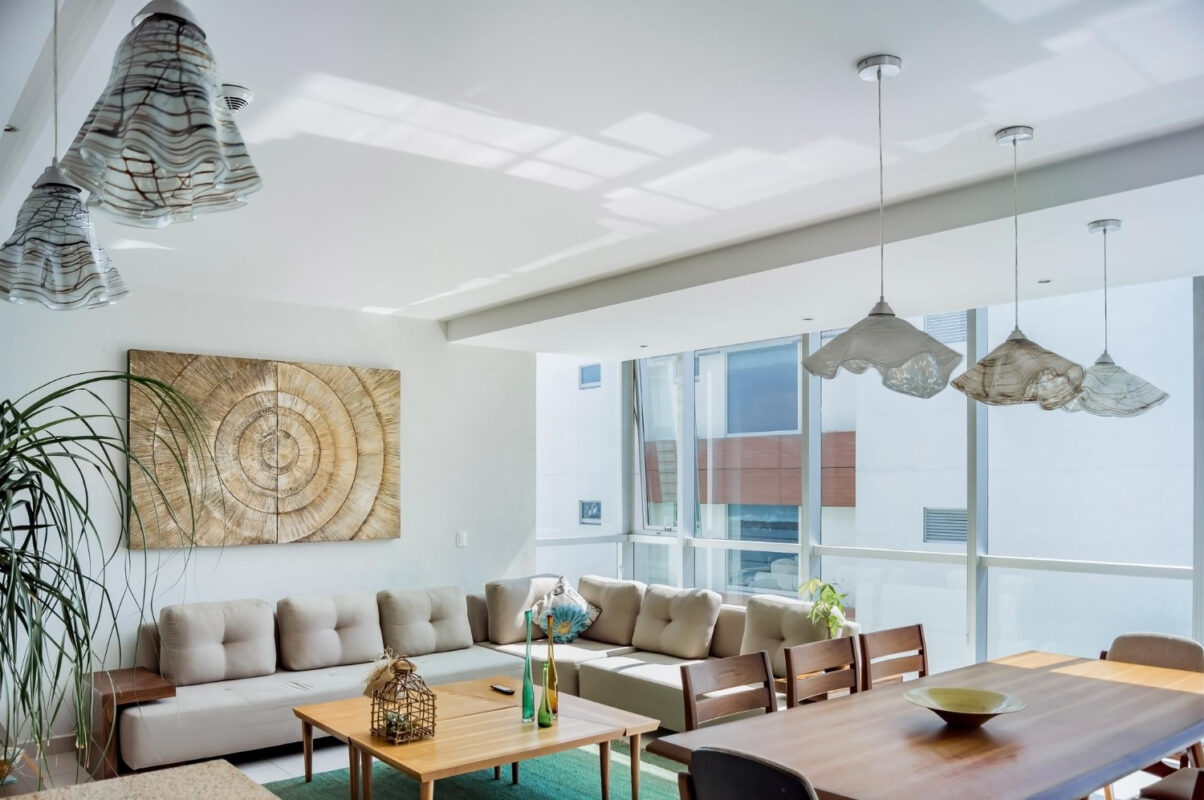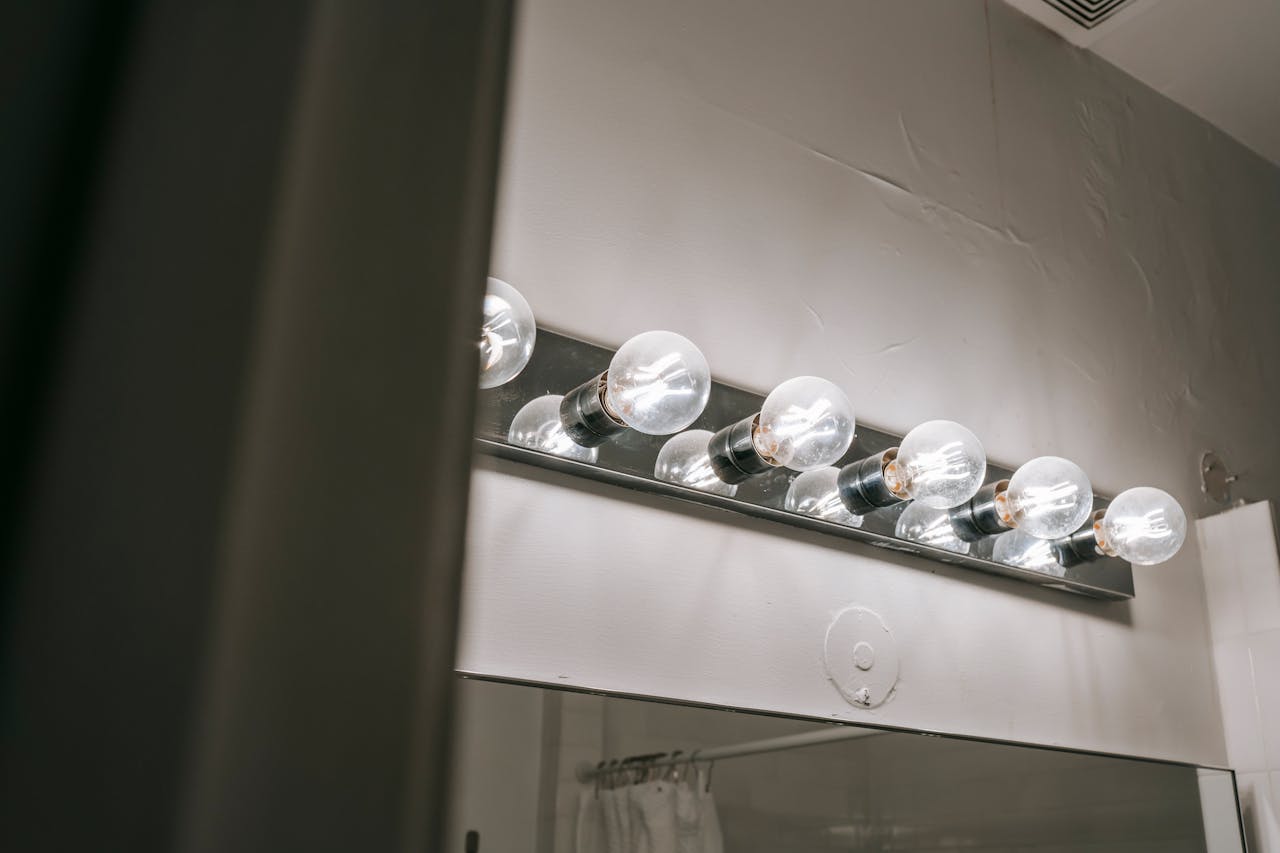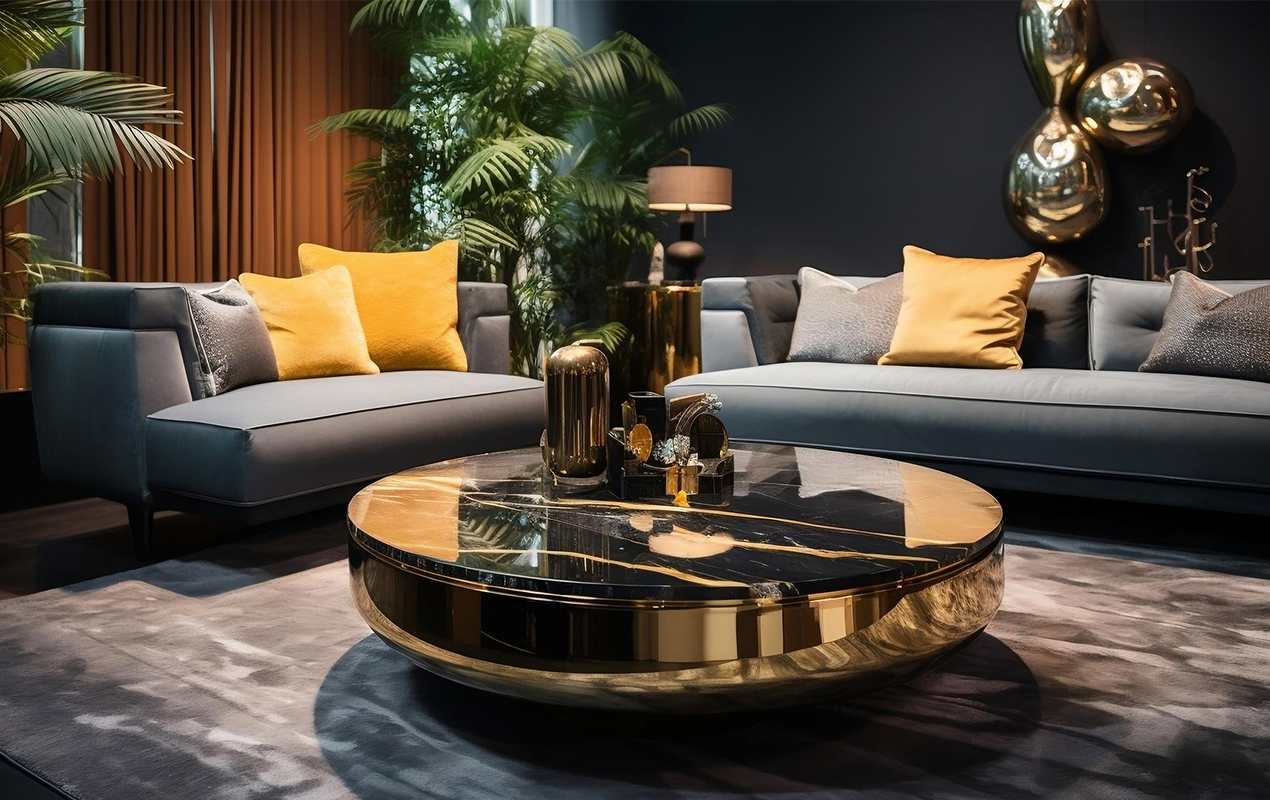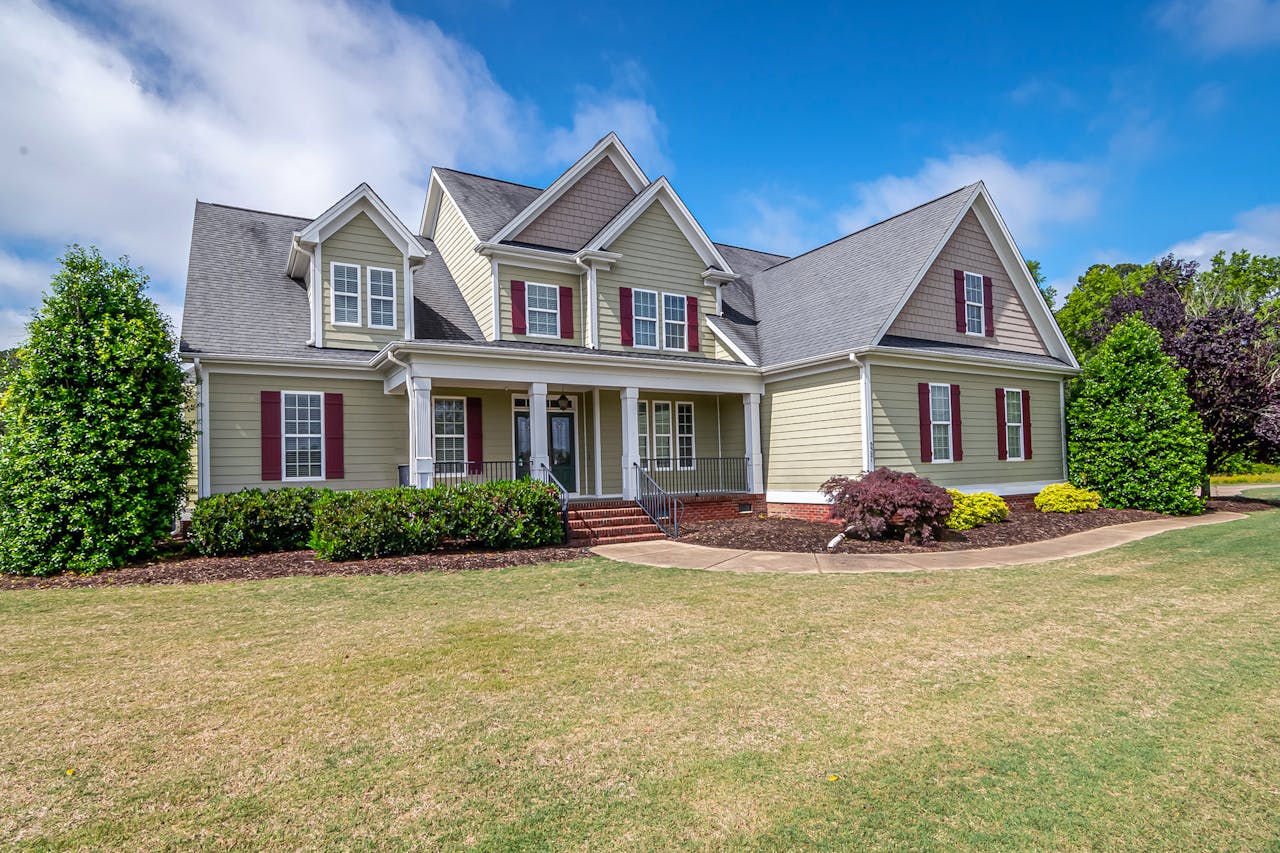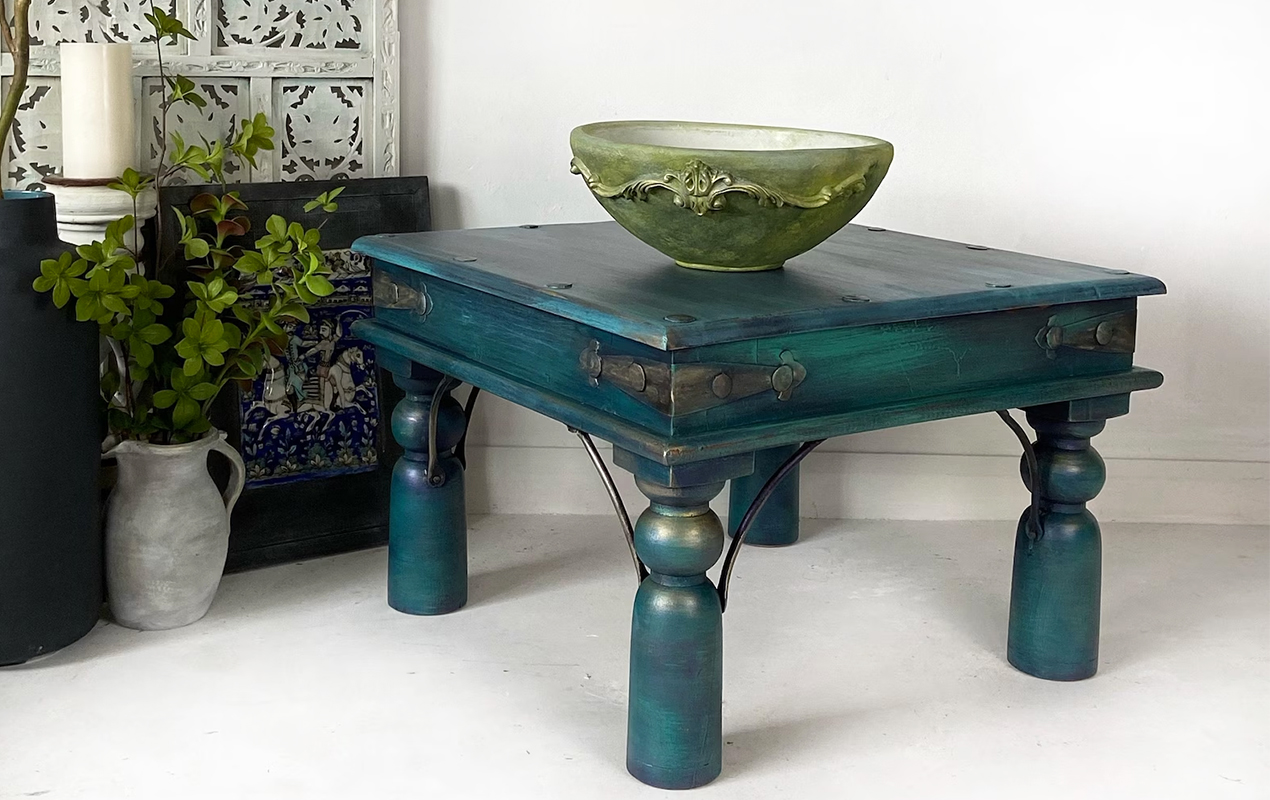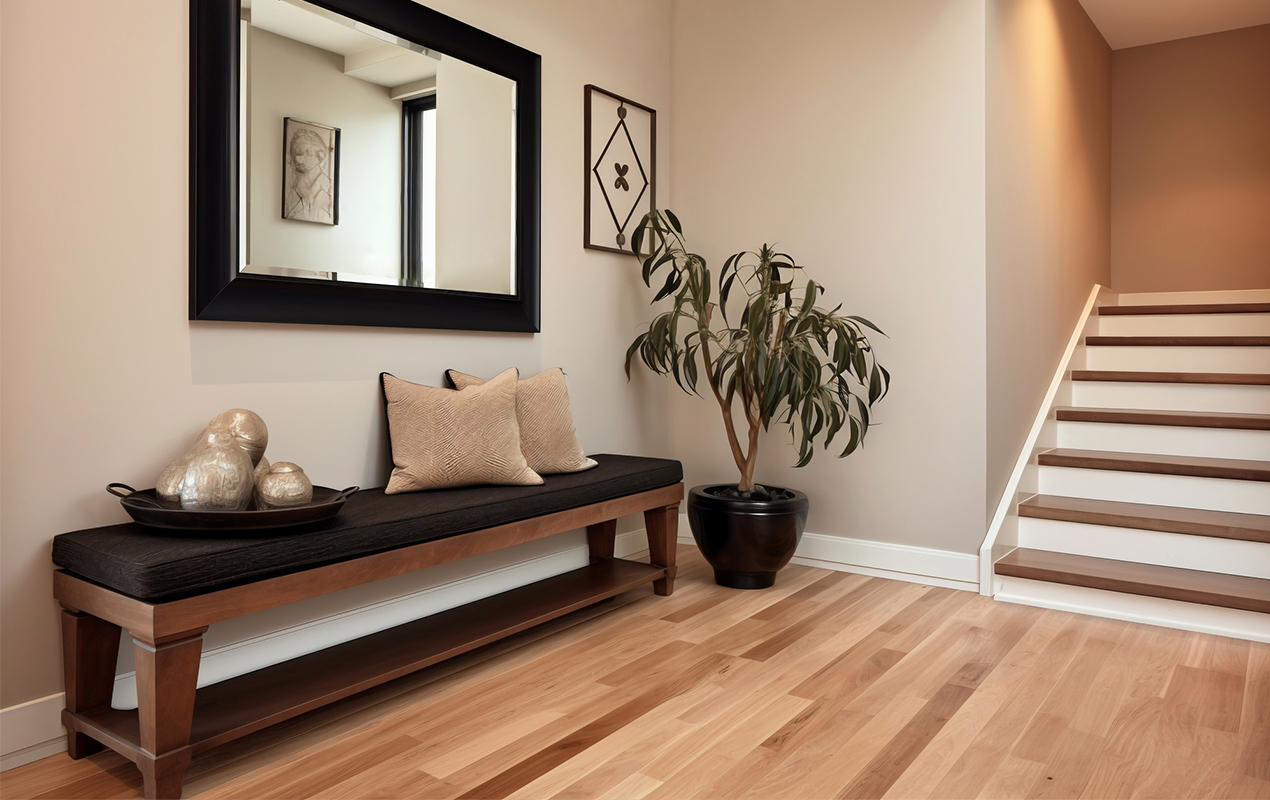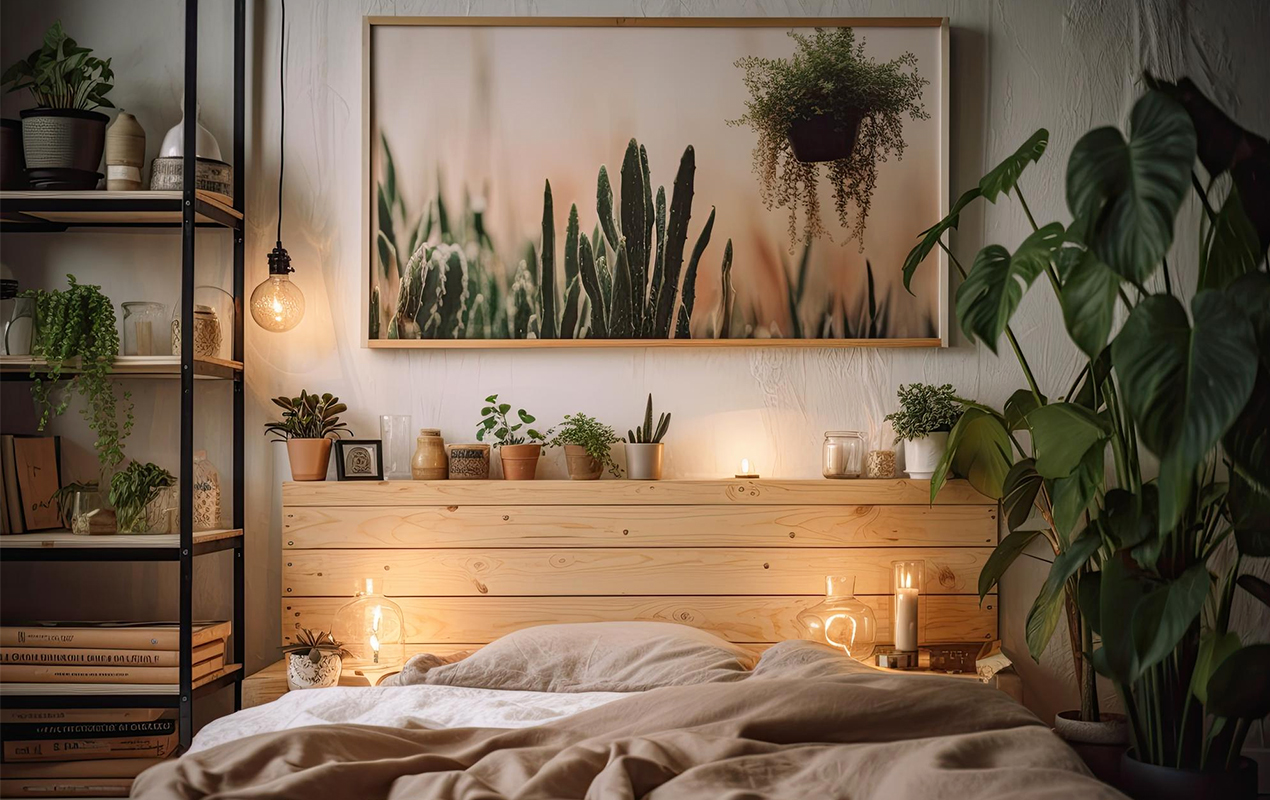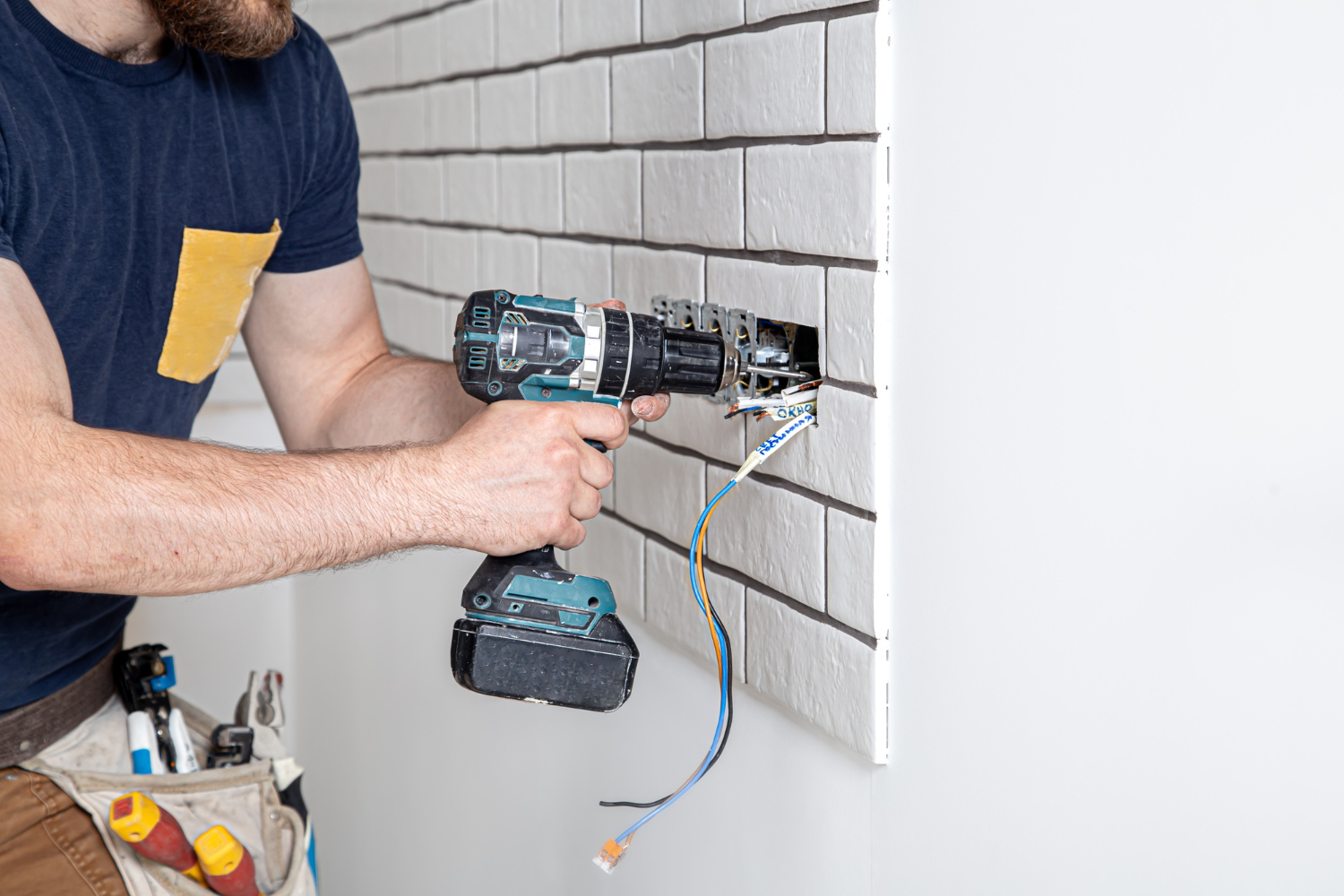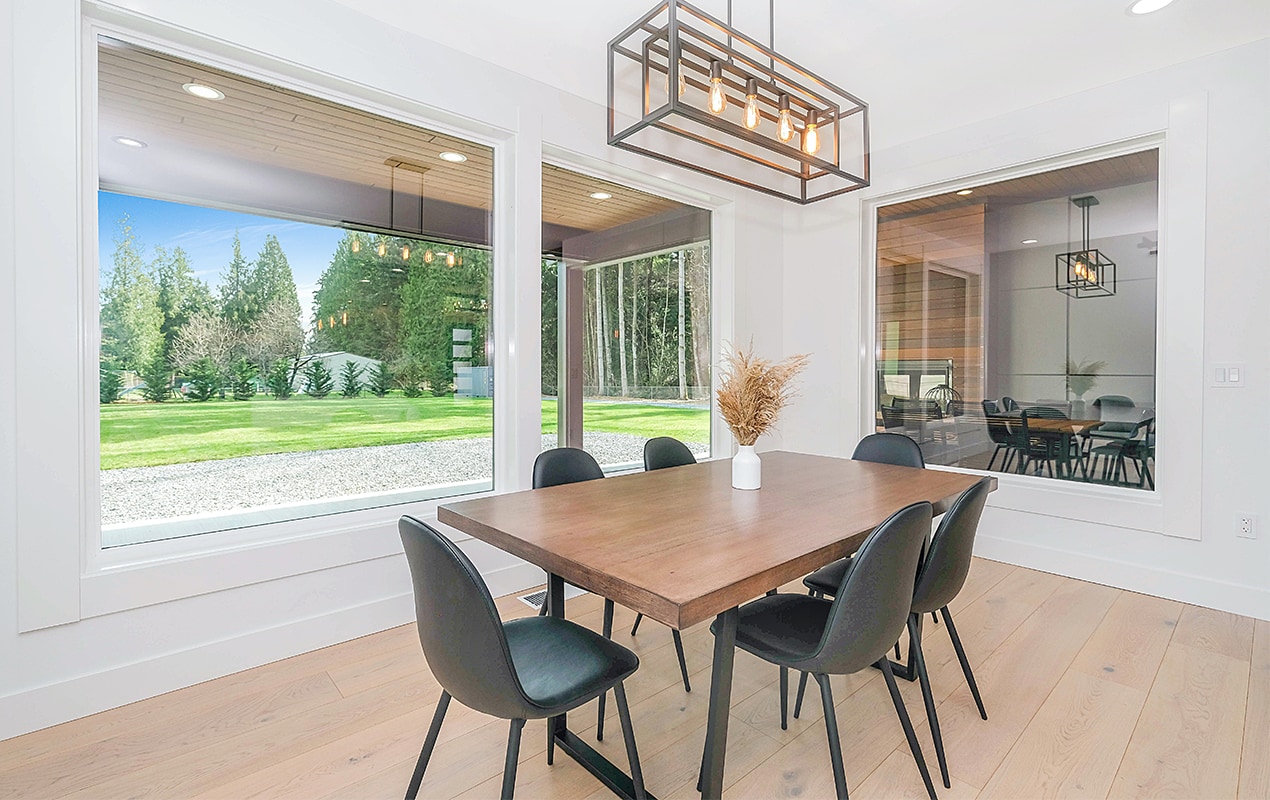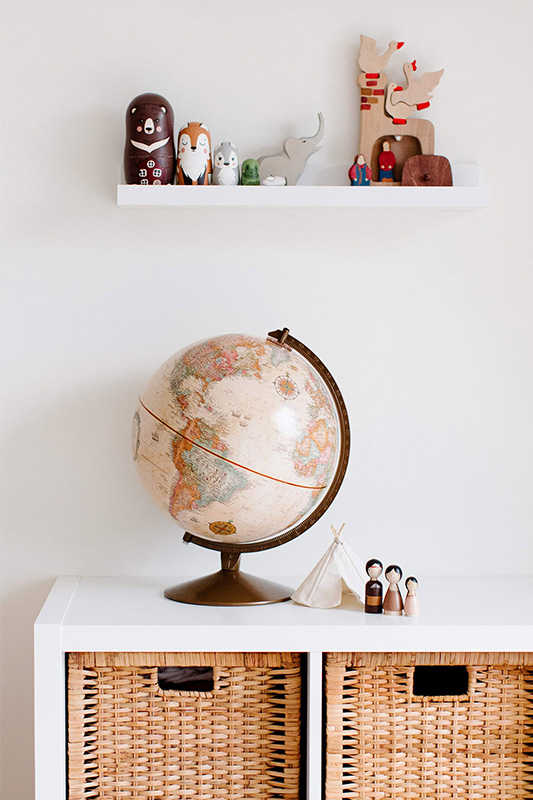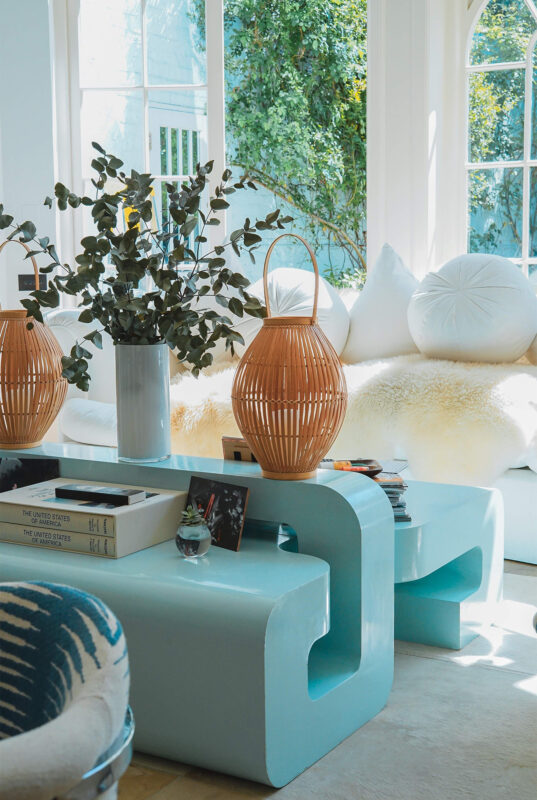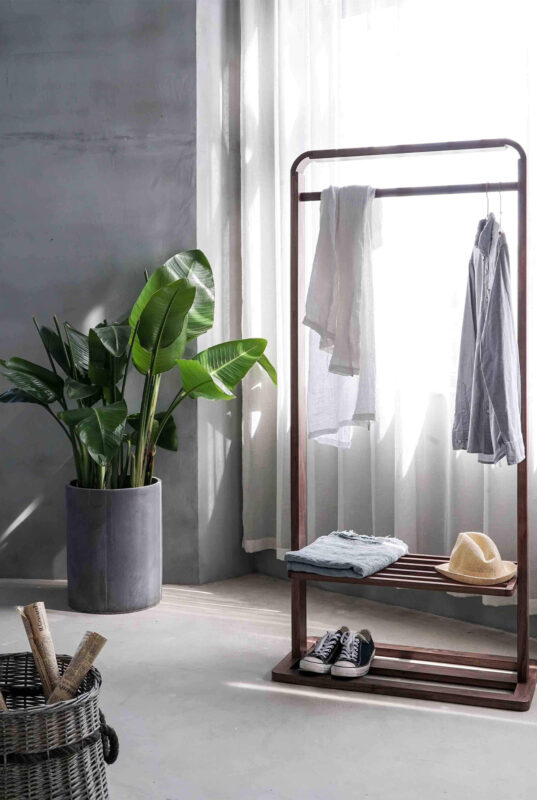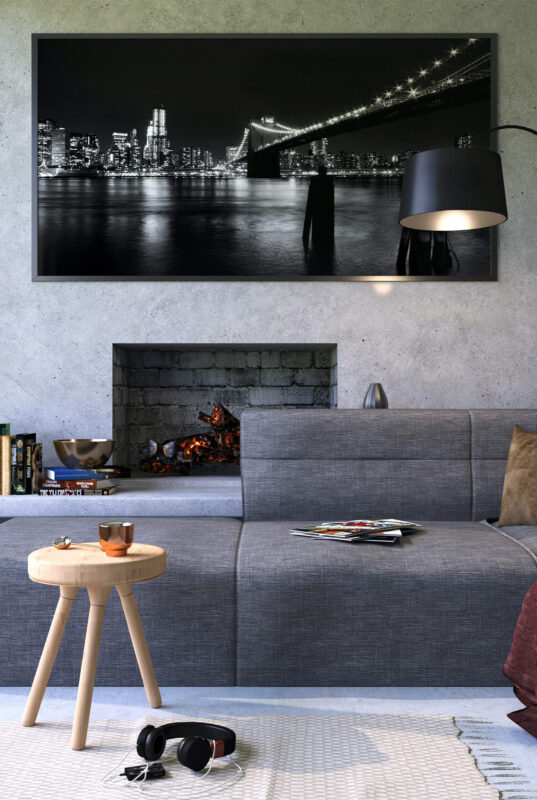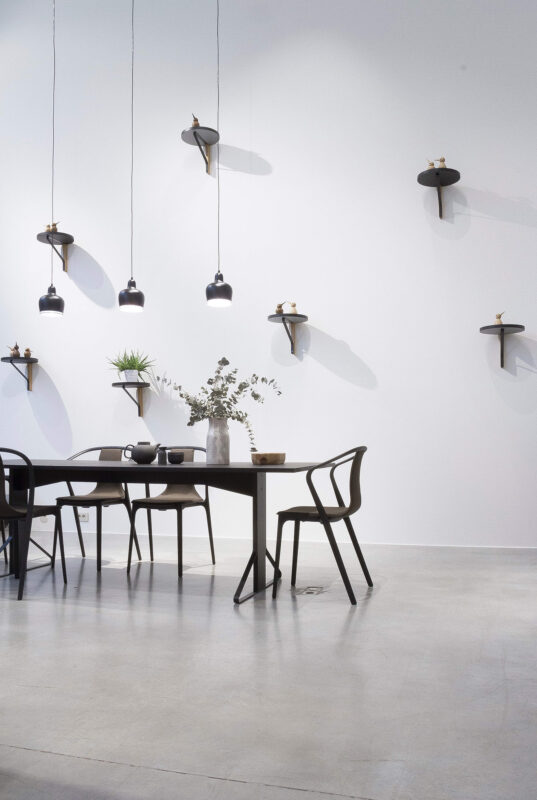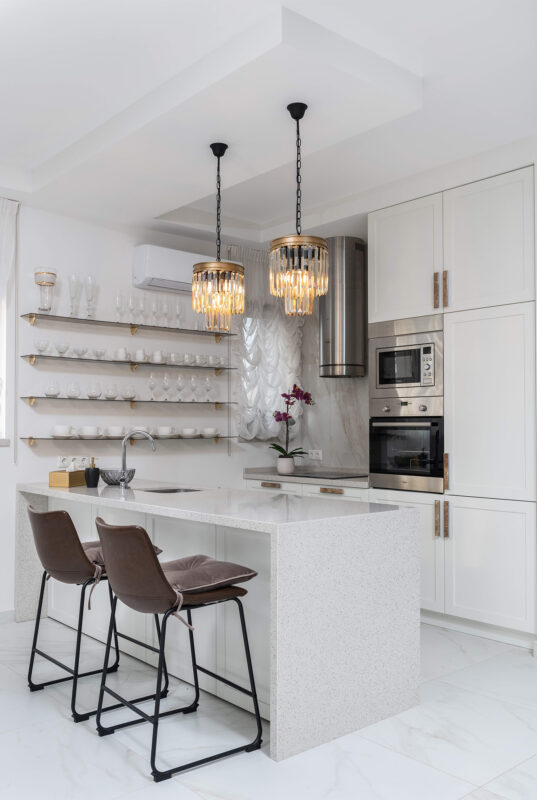Blog
Combining Various Interior Design Styles for a Unique Look
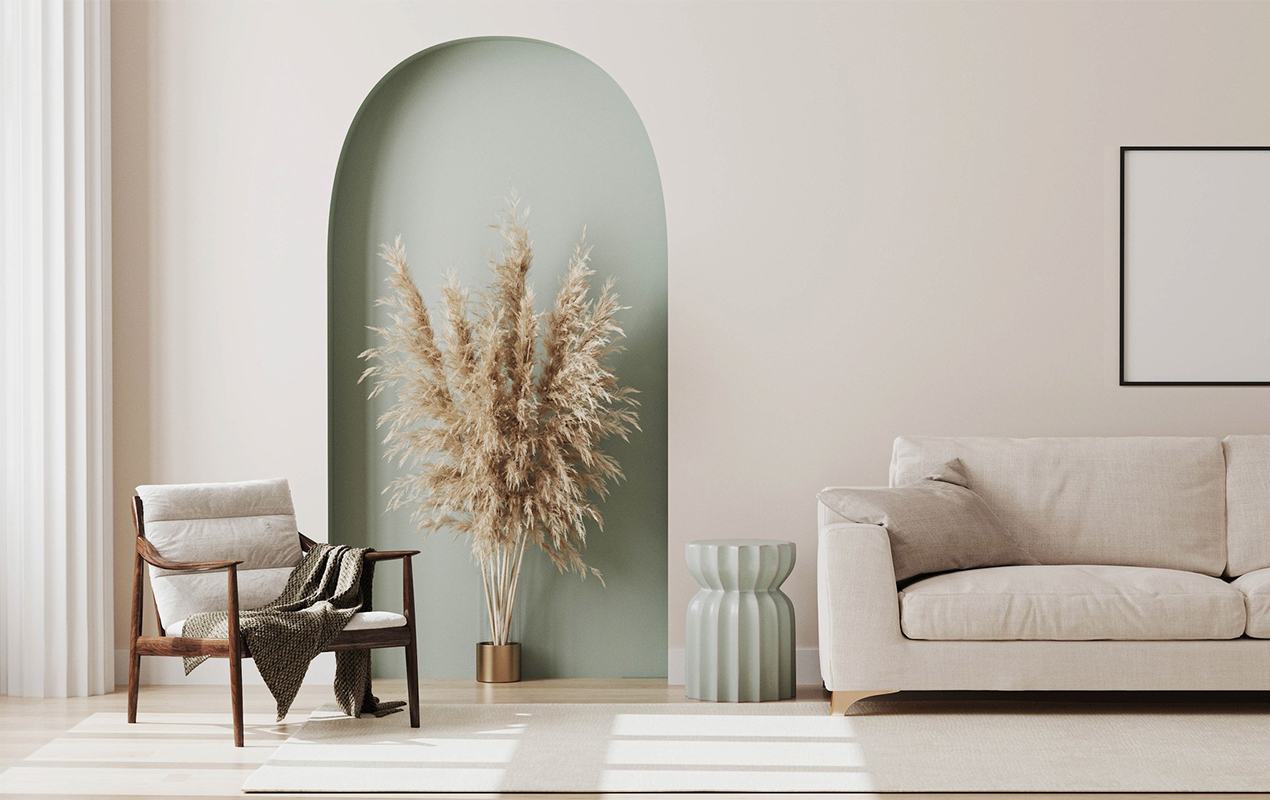
Having a single theme for your home can be aesthetically pleasing, but have you ever considered combining multiple interior design styles? Incorporating two, three, four, or even more styles can make your home stand out and truly shine. Is this approach to home decor the right fit for you? Keep reading to discover some inspirational ideas and tips inspiration.
Explanation of Different Interior Design Styles
Interior design is a rich and diverse field, offering a plethora of styles to choose from. Having multiple design styles for your space is a crucial aspect of interior design.
Interior Design Style: Minimalism
Description: Minimalism is characterized by simplicity, clean lines, and a focus on functionality. It often incorporates a monochromatic color palette and a “less is more” philosophy.
Influence: Minimalism emerged in the mid-20th century as a response to the excesses of consumer culture.
Interior Design Style: Vintage
Description: Vintage design draws inspiration from past eras, with an emphasis on nostalgia and retro elements. It often involves incorporating antique or retro furniture and decor.
Influence: Vintage design is influenced by the aesthetics of different historical periods, such as the mid-century modern style of the 1950s.
Interior Design Style: Industrial
Description: Industrial design embraces raw materials, exposed brick, and a warehouse-like aesthetic. It often features metal elements, large windows, and an open layout.
Influence: Industrial design has its roots in the conversion of old factories and warehouses into living spaces, a trend that began in the 1960s.
Interior Design Style: Contemporary
Description: Contemporary design is characterized by clean lines, a neutral color palette, and an emphasis on open spaces. It often incorporates cutting-edge technology and innovative materials.
Influence: Contemporary design reflects the styles of the present day, drawing from current trends and innovations.
The Appeal of Mixing Styles
In interior design, there’s an undeniable allure to the art of blending various styles, creating a visually captivating and deeply personal space.
Reasons for Considering a Blend of Design Styles
One of the primary motivations for mixing design styles is the desire for a home that is a true reflection of its inhabitants. Homeowners can infuse their personality into their living spaces by incorporating elements from different styles. Sticking rigidly to a single design style can lead to a monotonous and predictable living environment. Mixing styles adds an element of surprise and interest, making the space dynamic and captivating.
How Combining Styles Can Create a Unique and Eclectic Look
Successfully mixing design styles requires a delicate balance. The juxtaposition of styles should be carefully curated to create a harmonious and visually appealing result. A personalized space is inherently more comfortable and inviting. By mixing design styles, homeowners can surround themselves with elements they genuinely love.
Finding Your Design Style
Discovering your design style is a crucial step in the interior design process. It’s about aligning your personal preferences with the architectural context of your space. Let’s explore this in more detail.
Self-Assessment: Identifying Your Personal Design Preferences
To start, take time for self-assessment. Consider your likes, dislikes, and the design elements that resonate with you. Are you drawn to minimalism, rustic charm, or something in between?
The Role of Existing Architecture and Home Layout in Style Selection
Your home’s architecture can greatly influence your design style. Modern minimalism might not be the best fit if you have a historic home with intricate details. It’s important to harmonize your design style with the existing architectural features.
The Importance of a Cohesive Design Concept
The most successful interiors have a cohesive design concept that ties all elements together. This includes color schemes, materials, furniture choices, and decorative elements.
Blending Minimalism with Other Styles
Minimalism can be a powerful foundation for interior design, but it doesn’t mean sacrificing your personal style. Let’s explore the art of merging minimalism with other design styles to create a unique and harmonious living space.
Incorporating Minimalist Elements for a Clean and Simple Base
Minimalism provides a clean canvas upon which other design elements can shine. Start with the fundamentals: neutral colors, decluttered spaces, and a focus on functionality.
Examples of Mixing Minimalism with Other Styles
Examples are abundant when it comes to blending minimalism with other styles. For instance, combining minimalism with Scandinavian design often involves adding warmth through natural materials and subtle pops of color.
How Interior Design Services Can Help Achieve the Desired Blend
Interior design services and interior designers play a crucial role in achieving the perfect blend of minimalism with other styles. They bring expertise in understanding various design principles and ensuring a seamless integration.
Embracing Eclecticism
Embracing eclecticism in interior design is a creative and often bold approach that involves blending various design styles and elements to create a harmonious and visually exciting living space.
The Concept of Eclectic Interior Design
Eclectic interior design is about the artful mixing of design elements, styles, and time periods. It embraces the idea that beauty can be found in diversity and that an interior should reflect the personality and interests of its inhabitants.
Tips for Successfully Combining Contrasting Styles
Creating a harmonious, eclectic interior requires a thoughtful approach.
Here are some valuable tips:
- Color Consistency – Maintain a consistent color palette to tie diverse elements together.
- Select a Dominant Style – Choose one dominant style as your anchor, and then incorporate other styles as accents.
- Balanced Proportions – Ensure that the proportions of various elements complement each other.
Combining Colors and Textures
Achieving a captivating and harmonious living space involves a delicate dance between colors and textures. Color palettes are the foundation of interior design. The choice of colors significantly influences the ambiance of a space. Warm, earthy tones can create a cozy and inviting atmosphere, while cool, muted shades may evoke a sense of calm and serenity. Textures and materials breathe life into a design. Mixing wood, metal, fabric, and glass materials can add depth and visual interest. For example, the contrast between the sleekness of glass and the warmth of wood can create a dynamic and appealing space.
Final Thoughts
Mixing different interior design styles is like creating a fun and unique masterpiece for your home. It’s all about blending what you love to make your space pop! So, don’t be afraid to mix and match – let your creativity shine, and with a little help from interior design services, you can have a home that’s truly one-of-a-kind!

